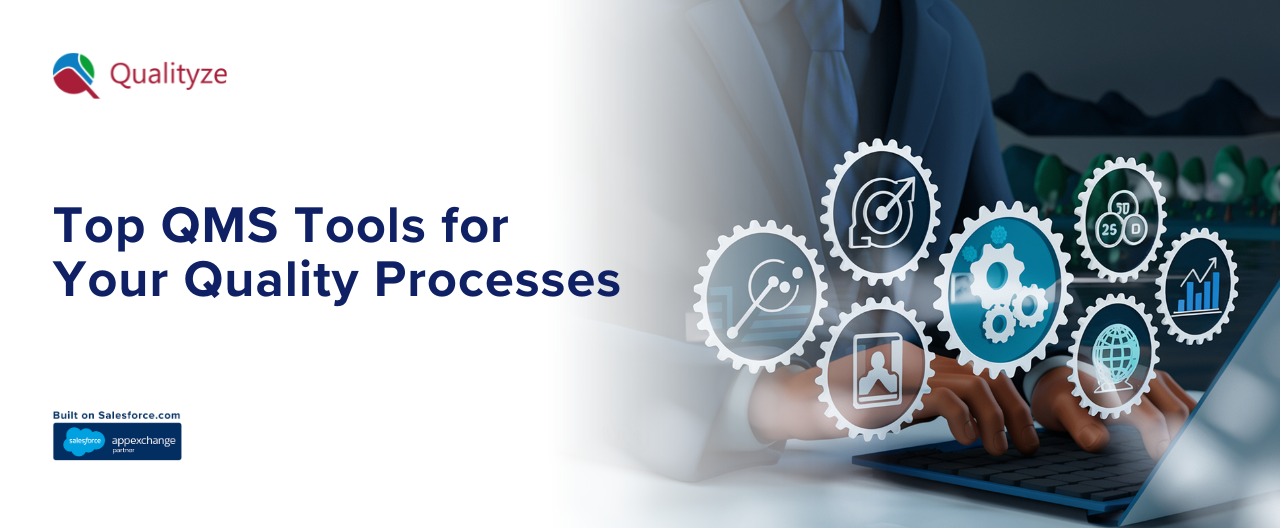
Top QMS Tools You Need to Improve Your Quality Processes
The margin for error in regulated industries has evaporated. Without robust QMS Tools, organizations invite financial penalties, brand reputation damage, and product recalls. If your quality team is drowning in a sea of spreadsheets, binders, and sys...
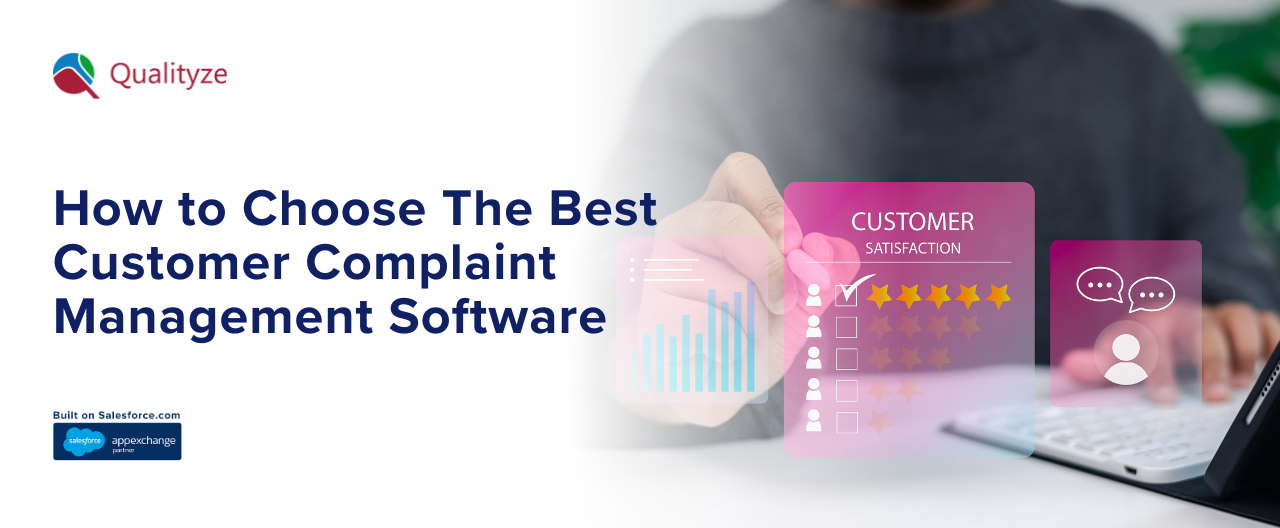
How to Choose The Best Customer Complaint Management Software
Deciding on the best customer complaint management software to manage your customer complaints is not just about adding another tool to your technological resources. Essentially, it is about extending the whole customer experience cycle. Customers no...

How To Design QMS Workflow for Life Sciences Company?
Designing a QMS workflow for a life sciences company is a little-like designing a circulatory system—every process, every approval; every document flows through it. When it works well, the organization feels healthy and efficient. It slows down t...
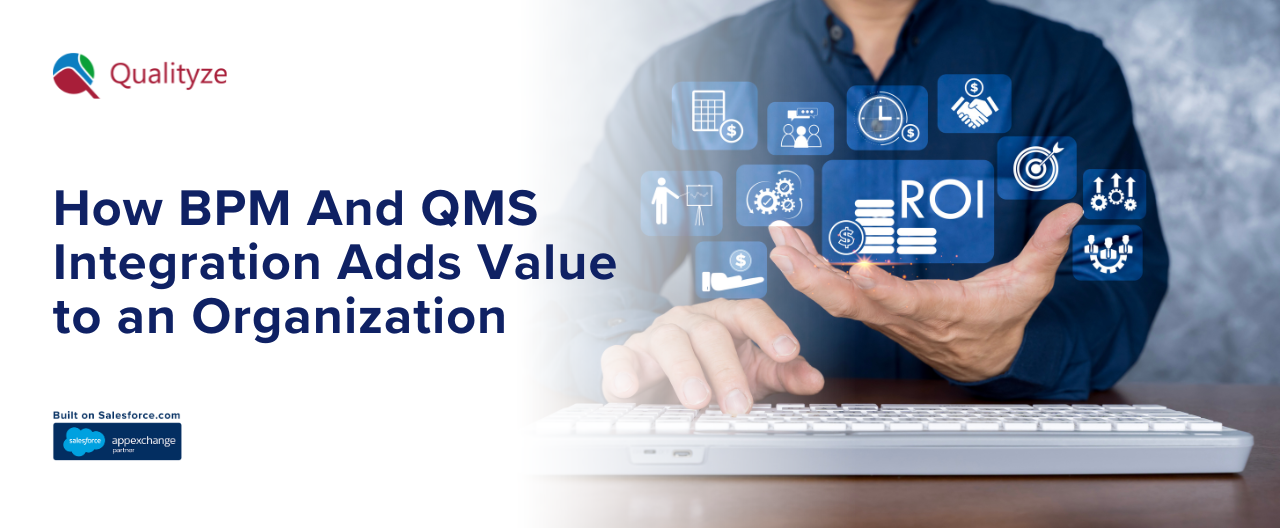
How BPM And QMS Integration Adds Value to an Organization
Companies nowadays are heavily pressed by various factors—more stringent rules, quicker market demands, decreasing profits, and increasing complexity of worldwide operations. In the middle of all these, there are still two systems which run in a way ...
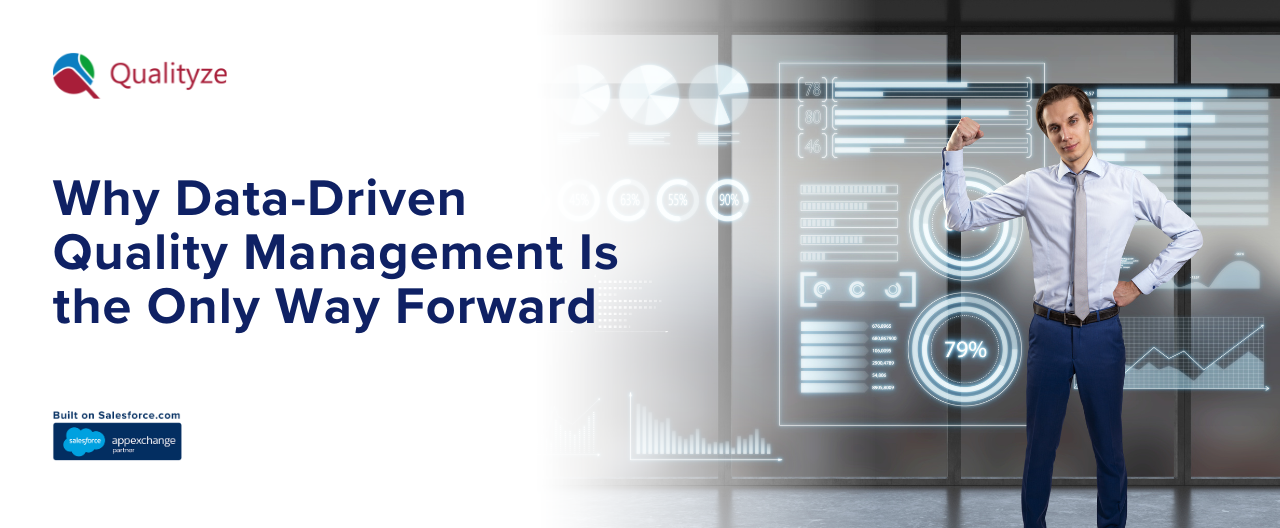
Why Data-Driven Quality Management Is the Only Way Forward
Quality management, which is the main topic of discussion, has thrown a curve to the majority of the organizations by changing rapidly instead of gradually as they have anticipated. It is no longer a recorded-heavy, slow-function but has turned into ...
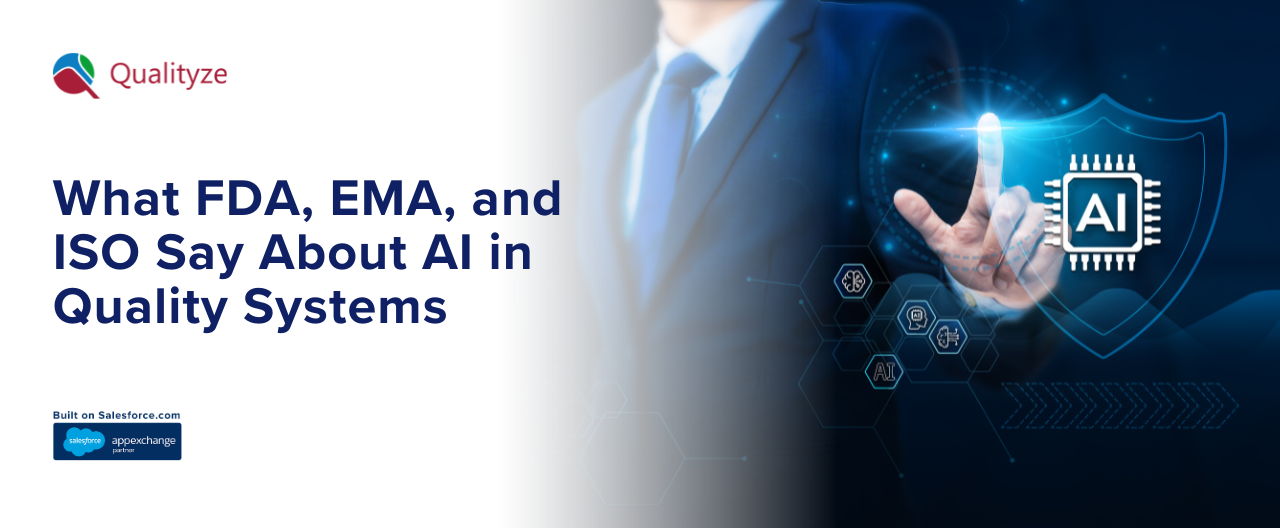
What FDA, EMA, and ISO Say About AI in Quality Systems
AI is revolutionizing life sciences and has a major impact on how medical devices and pharmaceutical companies manage quality. As a result, top regulators like FDA, EMA, and ISO cannot be indifferent to such a powerful change in quality systems.
...

Industry 4.0: Redefining Pharma Quality Through Digital Tech
The pharmaceutical industry is undergoing its most profound transformation driven by the need for speed, personalized medicine, and intense global regulatory scrutiny. Traditional, paper-based quality systems are turning out to be a critical bottlene...
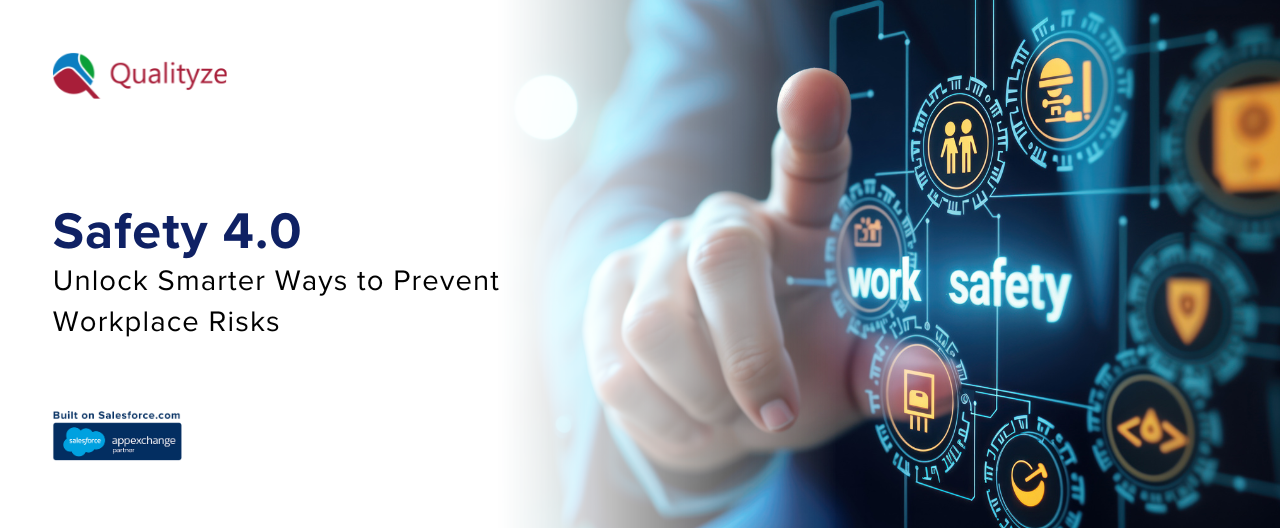
Safety 4.0: Unlock Smarter Ways to Prevent Workplace Risks
The industrial world has always evolved its approach to safety, moving from basic compliance to complex systems-based management. However, in today’s hyper-connected environment, traditional, paper-based, or siloed safety programs are critically inad...

The Role of Goods Received Note (GRN) in RMA
When a customer returns a product, most people only see the surface: a package shows up at the warehouse, someone signs for it, and the refund or replacement happens. But behind the scenes, there’s an organized process that keeps everything running s...
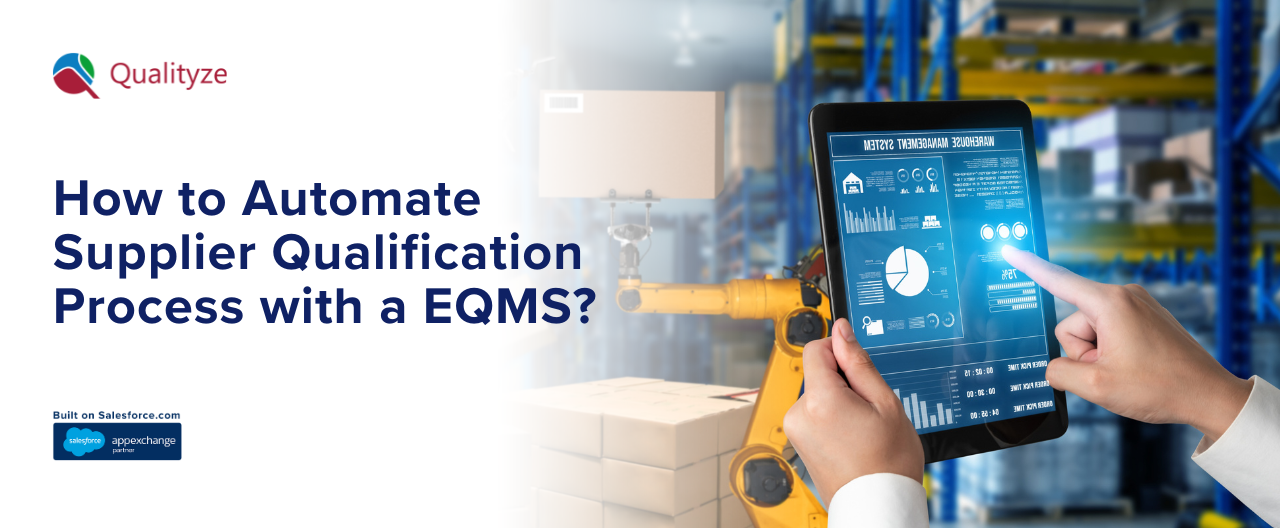
How to Automate Supplier Qualification Process with a EQMS?
Maintaining an Approved Supplier List (ASL) Management system that is both compliant and efficient requires digital transformation. Discover how to Automate Supplier Qualification Process seamlessly.
The modern global supply chain introduces un...

How Integrating QMS with ERP, LMS, and LIMS Can Boost Growth
For too long, Quality has been treated as a departmental function—a cost center operating in its own silo. Today, leading enterprises are recognizing that quality is a strategy, not a department, and the path to genuine, sustained growth runs directl...
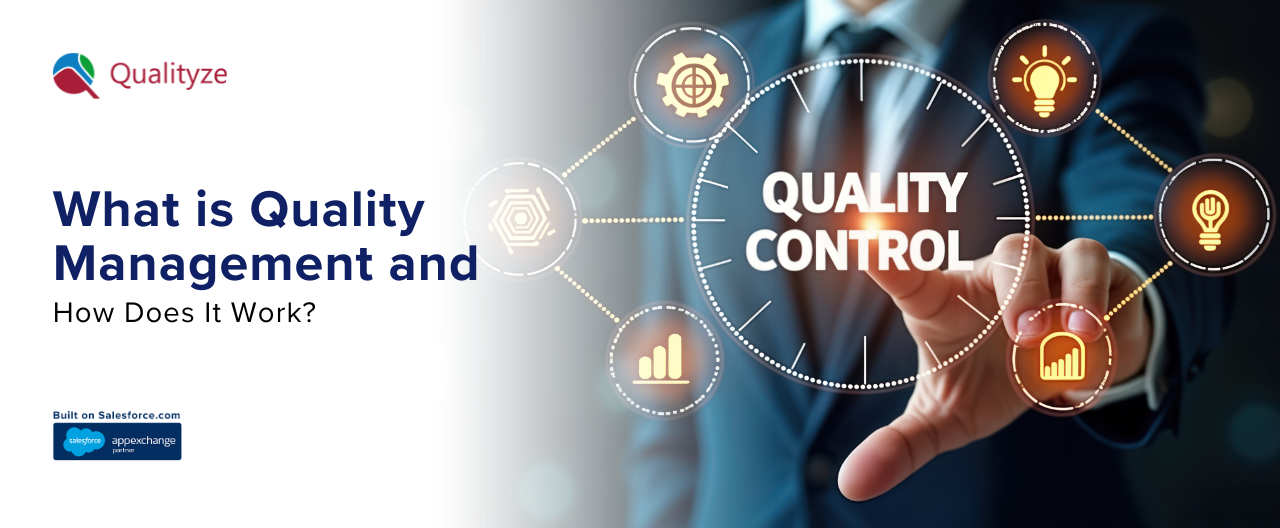
What is Quality Management and How Does It Work?
The pressure for operational excellence in modern businesses has never been greater. Customers demand perfection, and regulatory bodies enforce the harshest of penalties for non-adherence. It is this demanding environment that makes Quality Managemen...

What Is A Permit To Work System? Why It Is Important?
Operational settings, especially in regulated industries like life sciences and advanced manufacturing, entail tasks that are intrinsically highly risky. These activities, ranging from essential electrical maintenance to the execution of a hot work p...

EHS 4.0: Discover How It’s Transforming Quality and Safety
The pressure to demonstrate both GxP compliance and environmental stewardship has never been higher, necessitating a Digital Transformation EHS overhaul.
Industry 4.0 is here, and it is time that safety and quality systems keep pace with the mo...
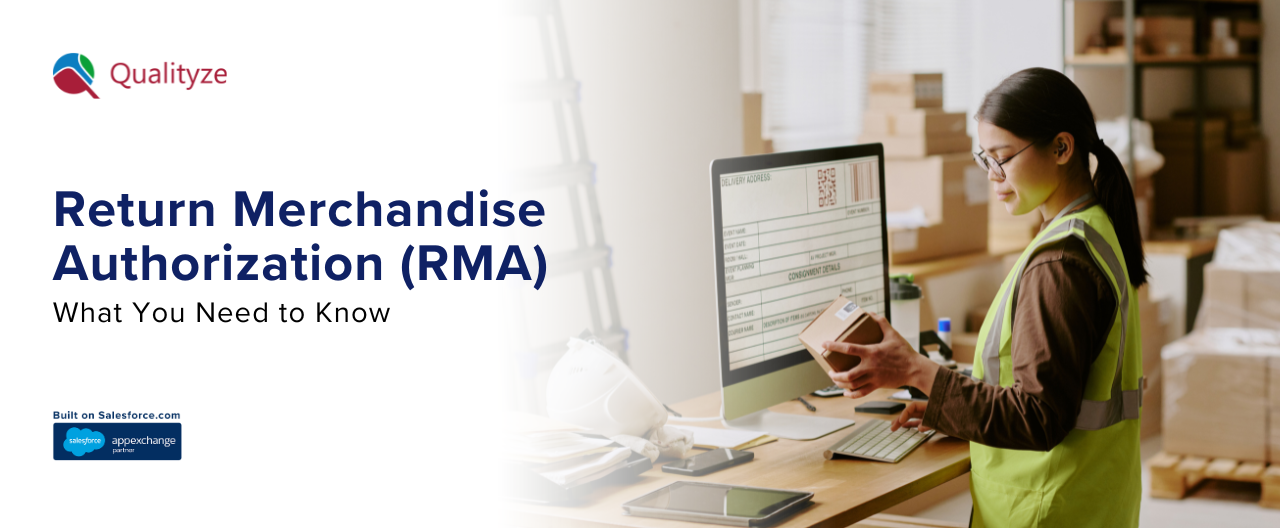
Return Merchandise Authorization (RMA): What You Need to Know
It is inevitable for every company to deal with a return at some point in time. A customer might have a product that didn't work as intended, was delivered damaged, or was just not the right fit. The simple-looking request, however, hides a complic...

How to Automate Vendor Qualification Process with an EQMS?
The pressure on quality teams to ensure supplier adherence to complex, evolving GxP and ISO standards has reached a critical point. Imagine eliminating weeks of paper shuffling, chasing signatures, and inconsistent scoring—that's the power of automat...

Cost of Non-Conformance in Life Sciences that You Need to Know
The life sciences industry is a sector where winning equates to being exact, safe, and following the rules. It is an area where errors, even the tiniest ones, are very costly. Non-conformance is not just a matter of increased documentation in the cas...
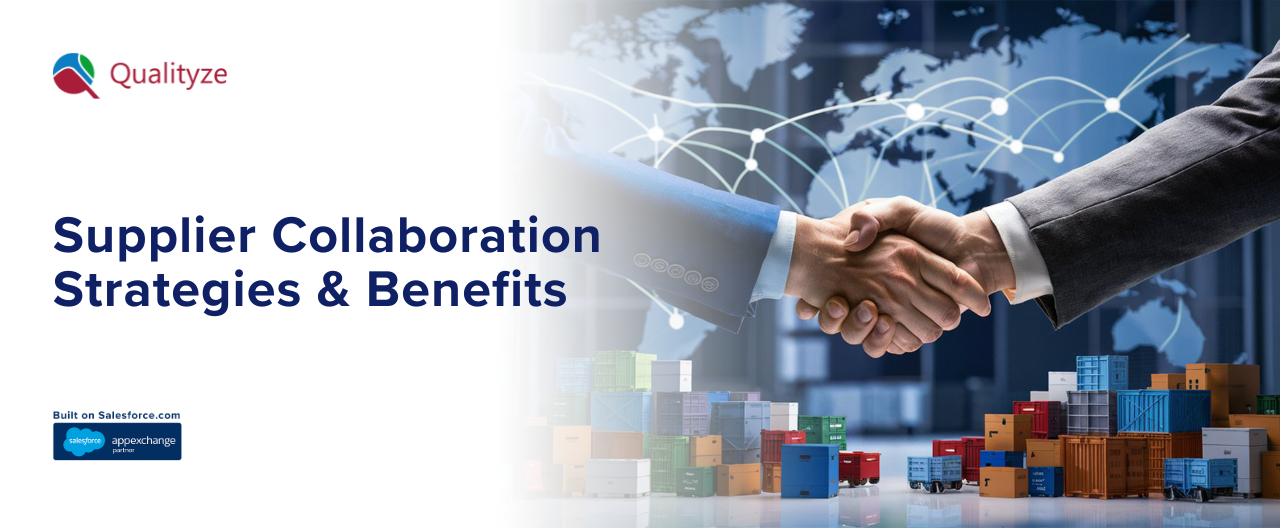
Supplier Collaboration Strategies & Benefits You Need to Know
In life sciences and manufacturing, the integrity of your final product is only as strong as your most vulnerable external link—your weakest point of Digital Supplier Oversight.
Today's global supply chain is intensely complex, burdened by regul...
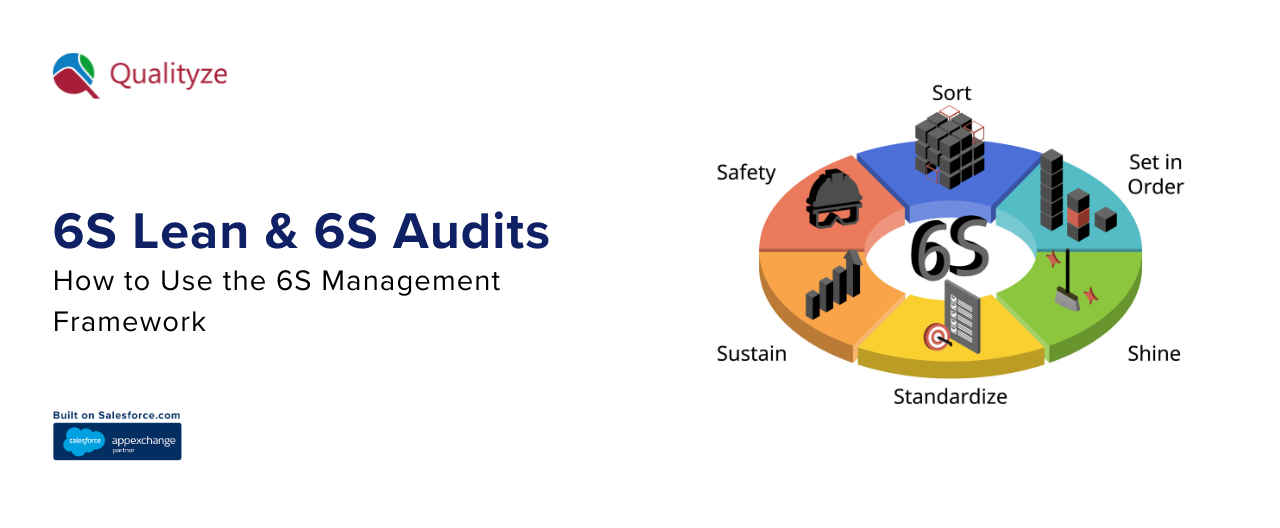
6S Lean & 6S Audits: How to Use the 6S Management Framework
The 6S framework basically consists of six simple yet effective ideas: Sort (Seiri), Set in Order (Seiton), Shine (Seiso), Standardize (Seiketsu), Sustain (Shitsuke), and Safety (the sixth "S"). If it is used properly, it changes messy working areas ...
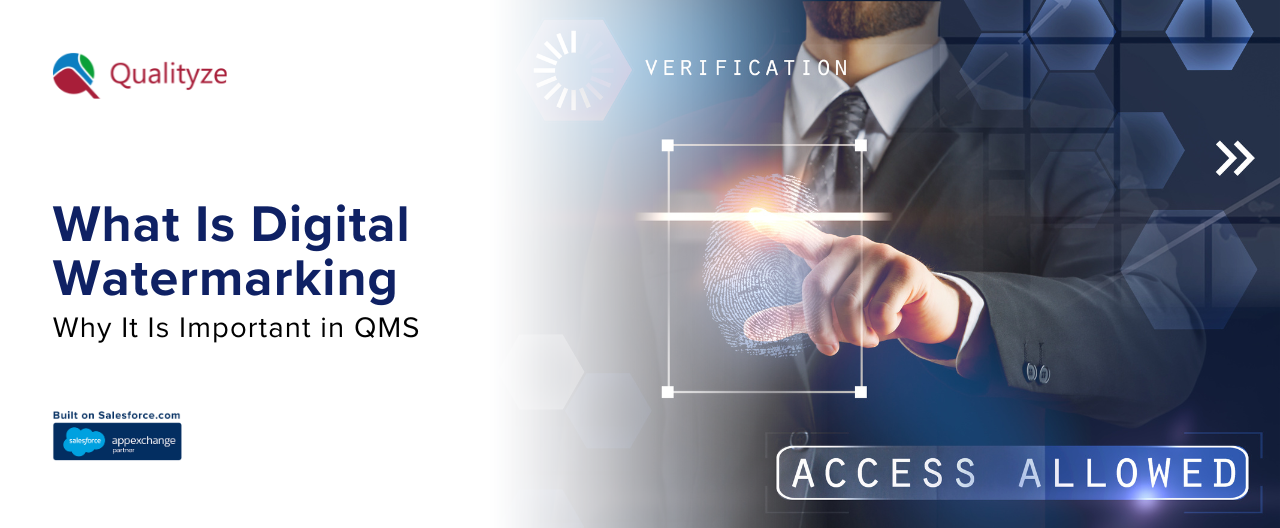
What Is Digital Watermarking and Why It Is Important in QMS
In modern quality management, the integrity and security of documentation are paramount, especially for regulated industries. As organizations transition to digital processes, the vulnerability of Electronic Record Management to unauthorized access o...

Supplier Performance Management (SPM): How to Optimize It?
In today’s hyper-connected global marketplace, the effective management of vendor relationships—known as Supplier Performance Management (SPM)—is no longer a procurement of luxury, but a non-negotiable quality imperative. For manufacturers in highly ...

How To Design QMS Workflow For Manufacturing Company?
Digital transformation has hit the factory floor, yet many quality systems lag behind. Learn how expert QMS Workflow Design for Manufacturing can bridge this gap and turn compliance into a competitive edge.
In the demanding world of production, ...

How To Manage Pharma Recalls With Track-and-Trace Solutions
The pharmaceutical supply chain is a web of risk; only robust pharma recalls track and trace solutions can offer the necessary visibility and control required to manage it.
In the high-regulated life sciences environment, how well your pharma re...

Quality Culture Vs System: Why Both Are Essential
Every organization striving for operational excellence eventually faces one central truth — a Quality Management System (QMS) alone cannot guarantee quality without a strong Quality Culture to sustain it.
In the pursuit of compliance and efficie...
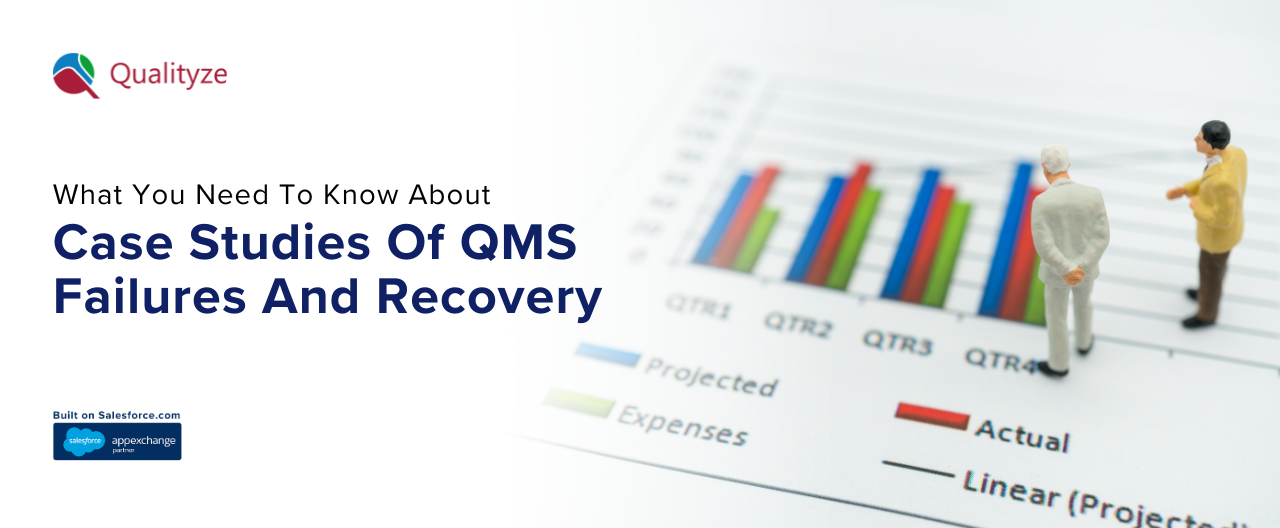
Case Studies of QMS Failures and Recovery You Need to Know
In regulated sectors, a quality management system is the pillar of patient safety as well as business sustainability. Grasping the dynamics of QMS failure and recovery is the initial step toward constructing actual resilience.
A solid QMS is the...

QMS Challenges & Solutions In Industries You Need To Know
The promise of a modern eQMS is efficiency, speed, and bulletproof compliance. The reality? Many organizations crash into critical QMS Implementation Challenges that turn a digital upgrade into a digital nightmare. We move beyond generic advice to ex...
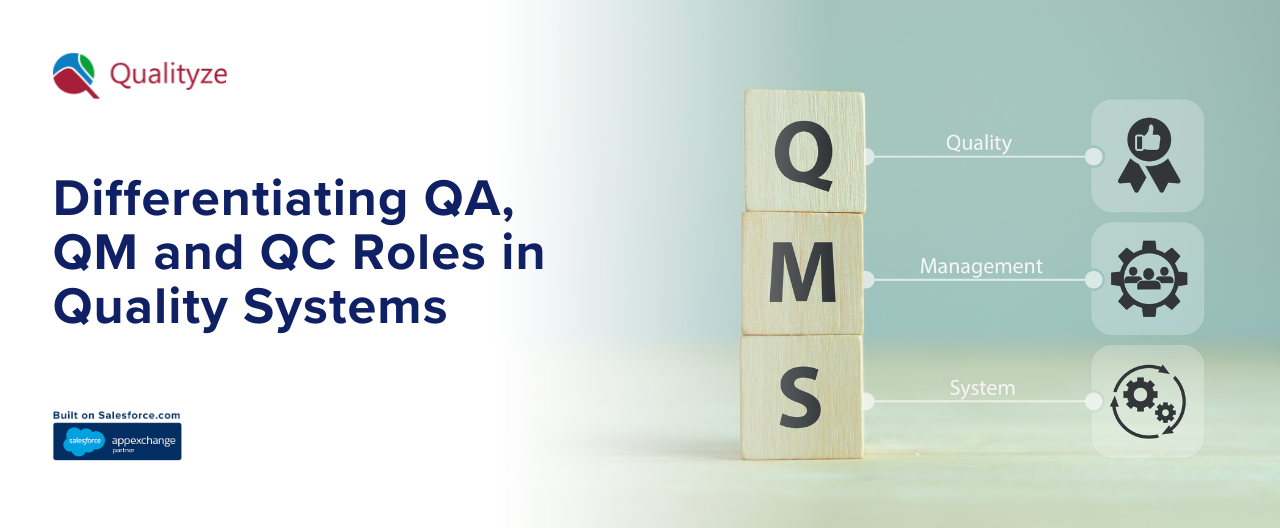
Quality management Vs Quality control Vs Quality assurance
In the life sciences, medical devices, and manufacturing sectors, the effectiveness of your Quality Management System is directly proportional to your ability to achieve Regulatory Compliance.
How Quality Management vs. Quality Assurance vs. Qu...
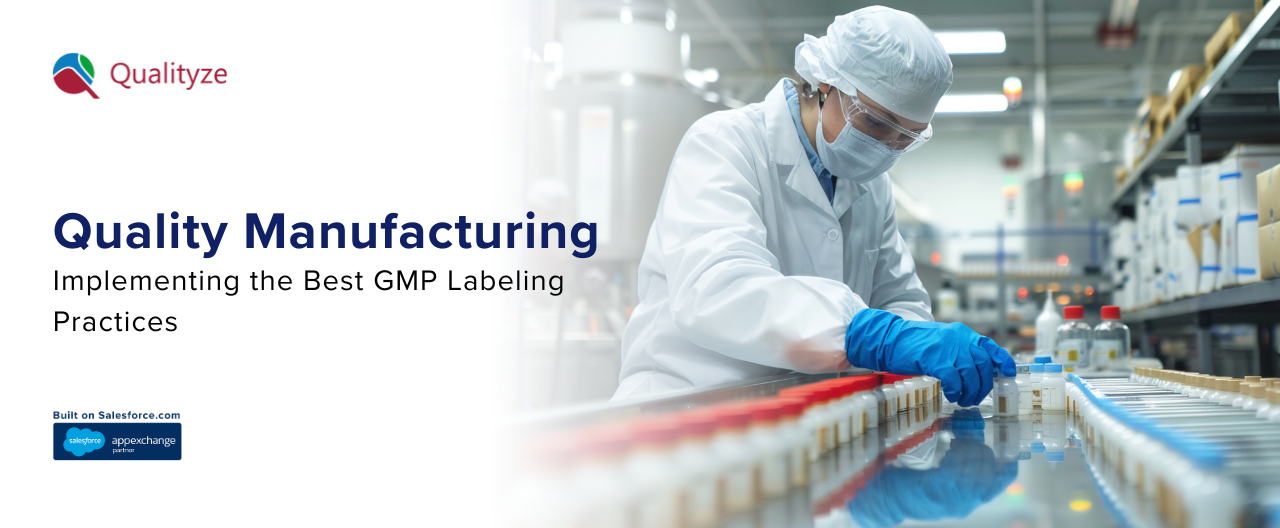
The Best GMP Labeling Practices for Quality Manufacturers
Every Quality Assurance professional knows that effective GMP labeling is a primary defense against product recalls. The complexities of global supply chains make rigorous traceability in labeling more critical than ever before.
There is no room...

Market Withdrawal Vs Recall: What You Need To Know
In regulated industries, the specter of a crisis event is the greatest threat to public safety and corporate survival. For Pharmaceutical and Medical Device manufacturers, protecting the integrity of each unit is paramount. Compromise can lead to hea...

Major Vs Minor Vs Critical Non-Conformities You Need to Know
Every quality management system (QMS) is designed to handle deviations. But not all deviations are created equally. The difference between minor documentation errors and a systemic gap in a critical process determines the speed, scope, and resources ...





























